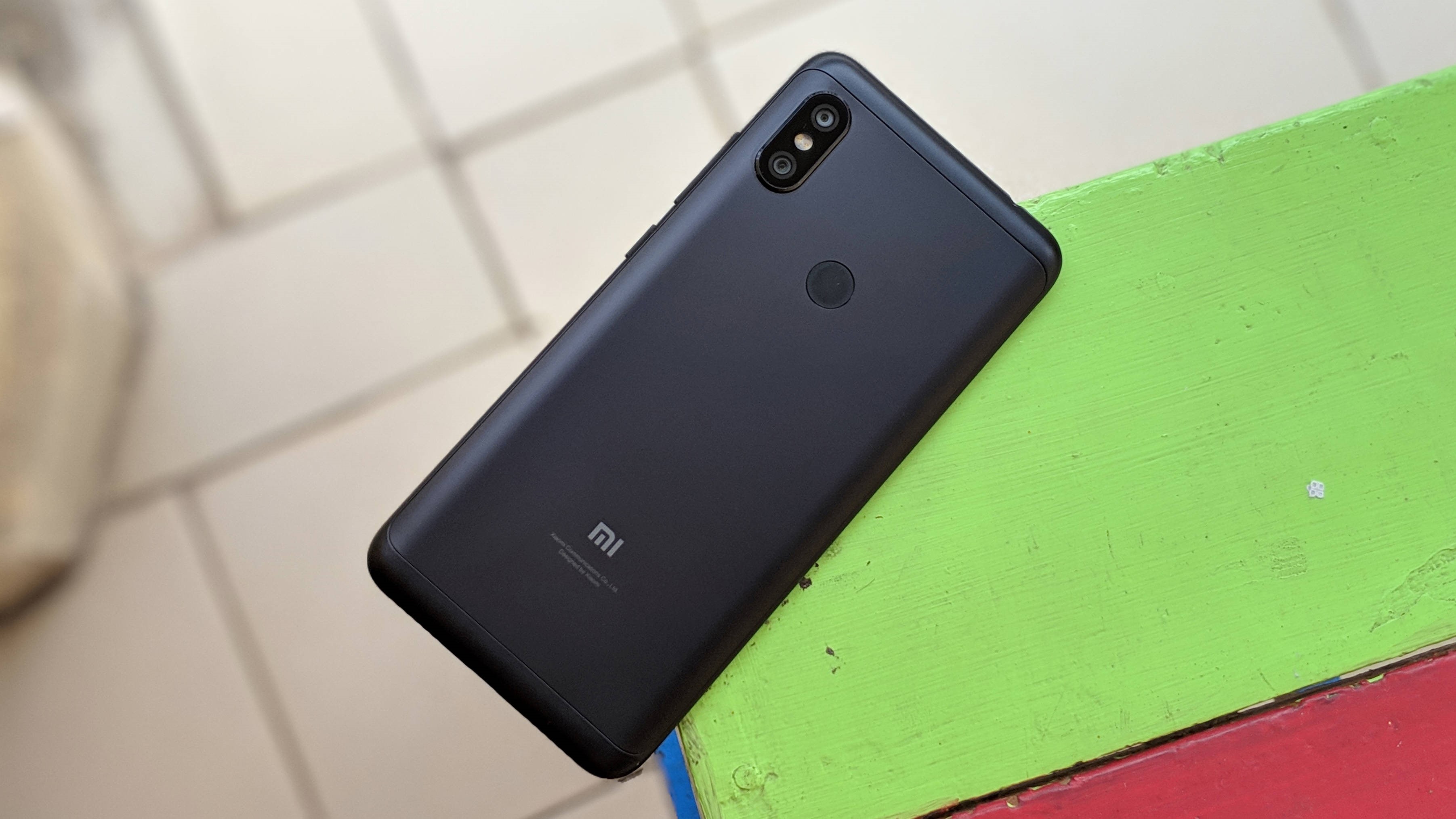If you’re in the market for a new laptop, Dell is definitely one of the main brands to consider. The tech giant is the third biggest PC maker in the world and has a ton of great products in its lineup. To help you figure out exactly which Dell laptops are worth your money, we’ve rounded up the best ones aimed at casual users, business users, and hardcore gamers.
Keep in mind these are all Windows machines. If you’re more of a Chrome OS fan, be sure to check out our guide to the best Chromebooks.
Best Dell laptops for personal use
Dell XPS 15 9575

The first model on our list of the best Dell laptops is the XPS 15 9575. It’s a 2-in-1 device, which means you can also use it as a tablet by flipping over the 15.6-inch display. The laptop is thin as well as light and has small bezels around the screen for a modern look.
It’s powered by Intel’s 8th generation Core i5 or i7 processor and comes with up to 16GB of RAM. The laptop also sports a Radeon RX Vega M GL graphics card, up to 256GB of SSD storage, and an optional fingerprint reader integrated into the power button. The built-in battery comes in at 75WHr and offers up to 15 hours of use, according to Dell.
The Dell XPS 15 9575 is a great laptop, but it’s not cheap. The entry-level version comes in at $1,300, while the high-end model will set you back $2,000. You can check out pricing for the other configurations via the button below.
Dell XPS 15 9570

This Dell laptop can’t be used in tablet mode like the model above, but it does have better internals depending on the configuration. It’s powered by the 8th generation of Intel Core processors (up to Intel Core i9) and offers as much as 32GB of RAM — making the device a great option for power users. The laptop comes with either Intel’s integrated UHD Graphics 630 or a dedicated Nvidia GeForce GTX 1050Ti graphics card.
The battery should be good for up to up to 20 hours of use.
The display measures 15.6 inches and is available with Full HD or 4K resolution. There’s plenty of space available, with the high-end models featuring 1TB of SSD storage. If you opt for the 97Whr battery, you’ll be able to use the device for up to 20 hours before running out of juice, according to Dell.
The cheapest version of the Dell XPS 15 9570 will set you back $1,000, while the most powerful variant comes in at $2,750. There are seven configurations to choose from, which can be further customized to suit your specific needs.
Dell XPS 13 9380

The Dell XPS 13 9380 was announced at CES 2019 and is a refreshed version of an already great laptop. The company removed the nose camera seen on the previous model and placed it back in the top bezel above the display where it belongs. Speaking of the display, it comes in at 13.3 inches and offers Full HD (without touch) or 4K resolution (with touch).
The compact laptop packs the 8th generation of Intel Core processors (up to Core i7) along with up to 16GB of RAM under the hood. It also comes with as much as 256GB of SSD storage, stereo speakers professionally tuned with Waves MaxxAudio Pro, and a built-in 52WHr battery promising to last up to 21 hours.
If you’re in the market for a well-built and beautiful laptop with a compact size that allows you to easily take it on the road with you, this is the one to get. Pricing starts at $900 and goes all the way up to $2,010 for the high-end model.
Best Dell laptops for gaming
Alienware Area-51m

Like the Dell XPS 13 9380, the Alienware Area-51m also made its debut at CES 2019. It’s a beast of a laptop, packing the 9th generation Intel Core i7 or i9 processor under the hood and up to 32GB of RAM. It comes with the Nvidia GeForce GTX 1070/1080 graphics card and a 17.3-inch Full HD display.
What is 5G, and what can we expect from it?
You’ve likely heard the term a lot recently, but what is 5G? Good question. Simply put, 5G networking is the next major evolution of mobile wireless technology. It will empower customers with even faster data connections, …
The laptop has a futuristic design thanks to the unique lighting at the back. The battery comes in at 90Wh and is said to be good for 3.5 hours of video playback. What’s interesting is that it ships with two power bricks — one for home and one for the road — which is not all that common. The reason for this is that one brick is larger and for situations where you want full power, while the other is smaller and perfect for traveling situations.
You can also opt for Tobii eye-tracking for a more immersive gaming experience.
All these things combined make the Alienware Area-51m one of the best Dell laptops for gaming you can get. As you’d expect, it’s very expensive, with pricing starting at $2,550. If you want the top-of-the-range model, you’ll have to fork out $4,250. Sales kick off January 29.
Dell G7 17

As you can tell by its name, this Dell laptop has a 17-inch display (17.3-inch to be exact) and offers Full HD resolution. It’s not as fancy or powerful as the Alienware Area-51m, but it still gets the job done.
Under the hood you’ll find Intel’s 8th-gen Core i5 or i7 processor, 8 or 16GB of RAM, and Nvidia’s GeForce GTX 1060 or 1070 graphics card. The laptop comes with 128/256GB of SSD along with 1TB of HDD storage and a 60WHr battery. It runs Windows 10 Home.
The Dell G7 17 features a spill-resistant keyboard with a numeric keypad and comes with a 30-day free trial to Microsoft Office as well as a 12-month subscription to McAfee LiveSafe. Pricing starts at $1,380, with the high-end model retailing for $2,200.
Alienware m17

You can tell this is a gaming laptop just by looking at it. It sports a rugged and eye-catching design that definitely stands out from the crowd. The device sports a 17.3-inch display that offers Full HD or UHD resolution and is powered by either the Intel Core i7 or i9 processor (8th generation). It comes with 8 or 16GB of RAM depending on your configuration and Nvidia’s GeForce GTX 1060, 1070, or 1080 graphics card.
Read next: Here are the best phones for gaming
The amount of storage you get depends on the model you go for, with the most expensive variant featuring a 512GB SSD and 1TB hybrid drive. The laptop comes with a 60WHr battery and optional 90WHr upgrade. It’s available in silver with a satin finish or red with a soft-touch finish.
In terms of pricing, the Alienware m17 can be yours for $1,650 if you opt for the entry-level model. The top-of-the-line machine will set you back a lot more, coming in at $3,750. You can check out prices for the other models via the button below.
Best Dell laptops for business
Dell Precision 7730

This business laptop from Dell has a 17.3-inch display with HD+ resolution. You get a lot of screen real estate to play with, but that also means the laptop might not be the best choice for road warriors. The device has a sleek design, is well-built, and comes with security features such as an integrated fingerprint reader.
There are a few models to choose from. You can get the Dell Precision 7730 with Intel’s Core i5, i7, or Xeon E-2176M processor. Depending on which one you go for, you get 8, 16, or 32GB of RAM. The top-of-the-range model comes with the Nvidia Quadro P4200 graphics card, 1TB of SSD storage, and a 97Wh battery. You can check the specs of the other models here.
Pricing starts at $1,400 and goes well over $4,000 if you want the best specs and features. As it’s a business laptop, the Precision 7730 is powered by Windows 10 Pro.
Dell Latitude 5591

If you’re looking for a Dell business laptop on a budget, the Latitude 5591 might be for you. It’s powered by the 8th generation of Intel’s Core processors (i5 or i7) and comes with either 4 or 8GB of RAM. You can get it with as much as 256GB of SSD storage and a 68Whr battery.
Mobile VR headsets – what are your best options?
Standalone VR headsets like the Oculus Rift and HTC Vive Pro do their job brilliantly but both come at a premium. The Rift will set you back $399, while HTC’s option currently retails for $799. …
The Full HD display comes in at 15.6 inches, making this Dell laptop a better choice than the Precision 7730 for those who spend a lot of time on the road. The device has fingerprint readers to keep your business documents safe from prying eyes and runs Windows 10 Pro.
The entry-level configuration is available for $900, but it’s probably best to step up a bit and get the next model in line (at least). It will set you back $1,380 and offers more RAM and well as SSD storage, allowing you to get things done faster.
Dell Latitude 7390

The last model on our list of the best Dell laptops is the Latitude 7390, which is a 2-in-1 device. That means it can also be used as a tablet thanks to the touch-sensitive display. Speaking of the display, it measures 13.3 inches, has Full HD resolution, and is covered by Gorilla Glass 4 for added protection.
You can get the Latitude 7390 with a fingerprint reader and a digital stylus.
You can get the device with an Intel Core i3, i5, or i7 processor (8th gen) and as much as 32GB of RAM. There’s an optional fingerprint reader available and a digital stylus for writing on the display. Depending on the configuration, the Latitude 7390 comes with either a 45 or a 60Whr battery.
The cheapest model can be yours for $1,150, although it’s not super powerful and best to be avoided if you want speedy performance. The next model in line is a better choice and comes in at $1,380, while the most high-end configuration goes for $1,800.
Read next: The best laptops with the RTX 2080
There you have it — these are the best Dell laptops you can get your hands on in our opinion, although there are plenty of other great ones to choose from as well. Which ones would you add to the list? Let us know in the comments!
Affiliate disclosure: We may receive compensation in connection with your purchase of products via links on this page. The compensation received will never influence the content, topics or posts made in this blog. See our disclosure policy for more details.
Source: Android Zone
The post Best Dell laptops to buy in 2019 — mainstream, business, and gaming appeared first on TuneMaster.ml.

















































